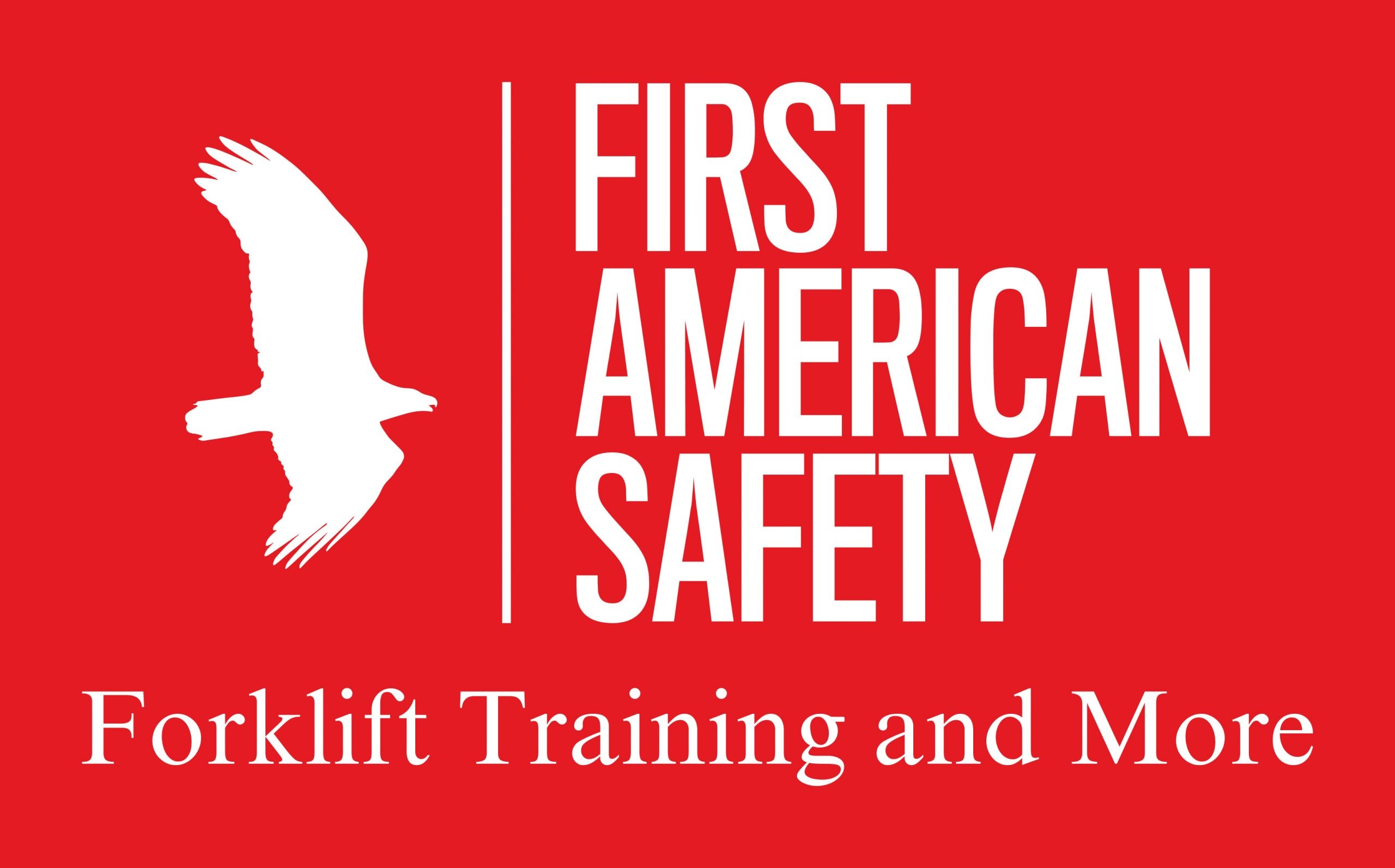Need some free safety meeting topics?
Injury and Illness Prevention Program for California
Cal-OSHA’s Requirement for an Injury and Illness Prevention Program
Written safety programs are essential for setting the safety culture of your workplace. Safety programs cover a number of topics and must include specific information that is set out in the Cal-OSHA code. The Cal-OSHA Injury and Illness Prevention Program standard went into effect January 1, 1991. The following is a brief over view of what must be included.
There are eight elements that make up an Injury and Illness Prevention Program:
- Responsibility- The IIPP must specify the names of managers and other employees who are responsible for implementing the program.
- Compliance- The IIPP must specify how your company will enforce compliance with the requirements of the program. This would include disciplinary actions and incentive programs.
- Communication- The program must specify how the company will communicate safety and hazard information to management and employees.
- Hazard Assessment- This will include policies and procedures for identifying workplace hazards, such as pre-shift inspections.
- Accident/Exposure Investigations- Your company must have procedures for investigating accidents and near misses that may occur in the workplace.
- Hazard Correction- This section will include requirements for timely correction of any hazards found in your workplace.
- Training and Instruction- Contains requirements for training employees on workplace activities and hazards, including new-hire orientation.
- Recordkeeping- The IIPP must specify how training, inspection, and accident records will be documented.
When to Update the IIPP
Injury and Illness Prevention Programs must be updated or changed whenever the following occur in the work place:
- When new substances, processes, procedures or equipment are introduced to the work place.
- Whenever you the employer is made aware of a previously unrecognized hazard, or new hazards are introduced to the work place, i.e. machines, tools, chemical, etc.
- When and imminent hazard exists which cannot immediately be fixed without endangering employees in the work place.
Injury and Illness Prevention Program Training Requirements
Employees must be trained on the contents of the IIPP whenever the following occur:
- Whenever there are new hire employees. The employer shall keep on file training records as well as a signed document that states that new hire employee received the copy off the IIPP.
- An IIPP must be given to all employees who receive a new job assignment which the employee has not been previously trained on that task.
- IIPP’s must be updated, reviewed, and handed out to employees whenever a new process, procedure, or equipment are introduced to the work place.
Supervisors shall review and familiarize themselves with the IIPP as well as the dangers the employees are exposed to in the work place. Supervisors shall be competent in recognizing those exposures and taking the appropriate action in minimizing or eliminating the exposure.
IIPPs Are Important!
The employer must keep documentation that the IIPP is being updated and enforced. Periodic inspections of the work place to identify unsafe conditions must be conducted and documented. When documenting unsafe conditions, including employees committing unsafe work practices, corrective action must be documented as part of enforcing the IIPP. Documentation of safety and health training shall be performed such as forklift training, first aid training, CPR training, fall protection training, etc.
An injury and illness prevention program is a vital part of any workplace safety effort. It protects both employer and employee alike. Enforcing the IIPP by company management is vital to fostering a healthy safety culture in your company. In addition, failure to implement an injury and illness prevention program will result in regulatory fines!
